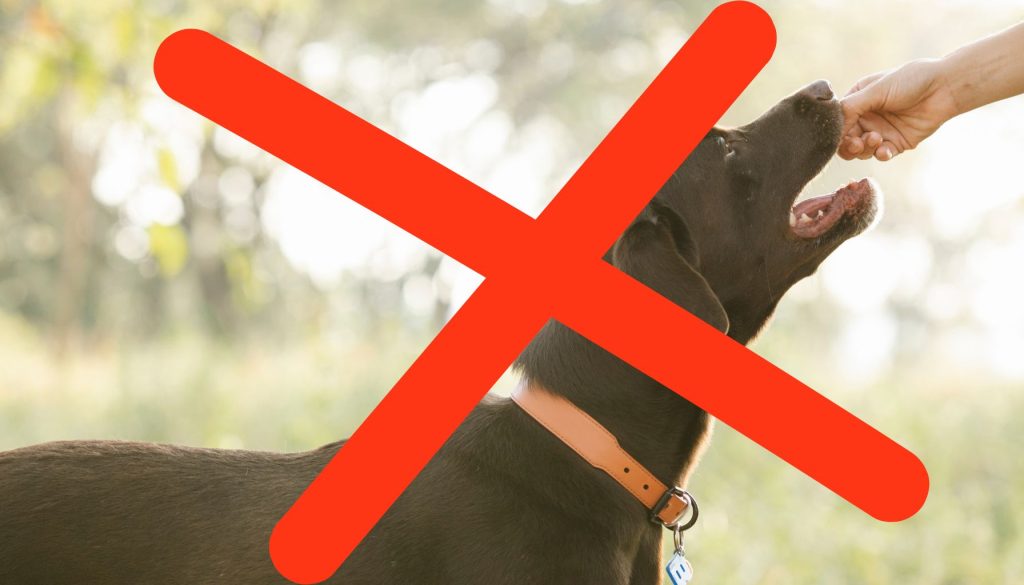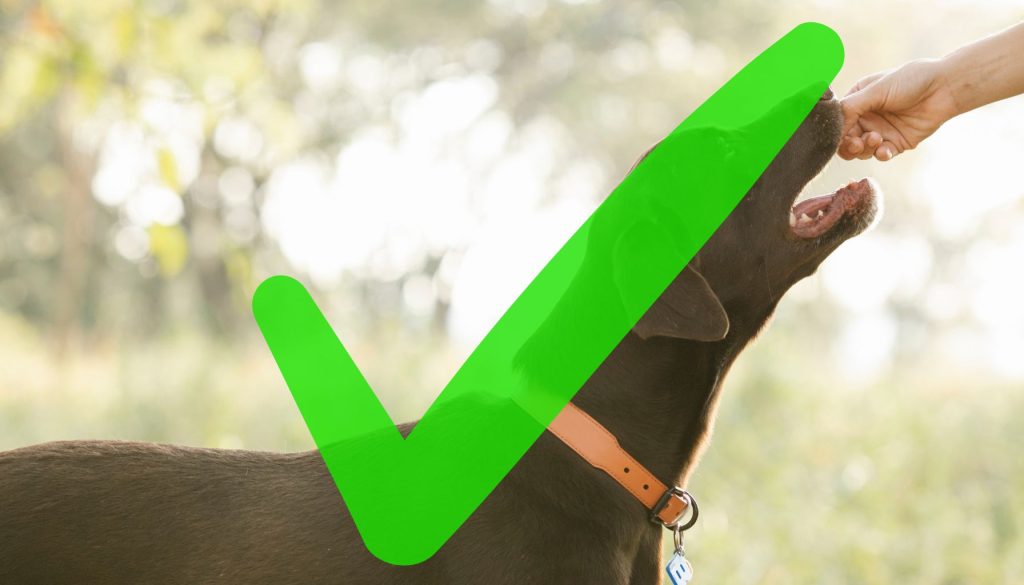Diabetes in dogs is a serious condition that affects their ability to regulate blood sugar. When not managed properly, it can lead to complications that impact their health and quality of life. So, that’s why I am gonna show you what not to feed a diabetic dog.

One of the most effective ways to control diabetes in dogs is through a carefully managed diet. The right foods can help stabilize blood sugar levels, while the wrong foods can cause dangerous spikes.
This guide explains what diabetes is, highlights foods to avoid, and offers practical tips for managing your dog’s diet. By understanding their nutritional needs, you can help your dog stay healthy and thrive despite their condition.
Article Overview:
Understanding Diabetes in Dogs
Diabetes in dogs is a condition where their bodies struggle to manage blood sugar levels. It happens when the pancreas does not produce enough insulin, or the dog’s cells do not respond properly to it. Without insulin, glucose builds up in the blood instead of being used for energy. This condition can cause severe health problems if not managed correctly.
Symptoms of diabetes in dogs include excessive thirst, frequent urination, unexplained weight loss, increased hunger, and fatigue. Early diagnosis is important. If you notice these symptoms, consult your veterinarian immediately.
A healthy diet is one of the most important ways to manage diabetes in dogs. Proper nutrition stabilizes blood sugar levels, reduces complications, and improves the quality of life.
Foods to Avoid for Diabetic Dogs
Feeding the wrong foods can worsen your dog’s condition. Here are the main foods to avoid:

Sugary Foods
Foods high in sugar, such as candy, chocolate, or sweetened snacks, are among the worst choices for diabetic dogs.
These foods cause rapid spikes in blood sugar levels, which can lead to serious complications like hyperglycemia.
Hyperglycemia, or excessively high blood sugar, can cause symptoms such as vomiting, weakness, confusion, and even seizures if left untreated.
Additionally, the constant blood sugar fluctuations caused by sugary foods put undue stress on your dog’s pancreas, worsening their diabetes and potentially leading to other health problems like pancreatitis.
High-Carb Foods
Carbohydrate-rich foods like white rice, pasta, and bread quickly break down into sugar in the bloodstream.
These foods lead to unstable blood sugar levels, making it difficult to manage diabetes effectively.
Beyond affecting blood sugar, a diet high in carbohydrates can contribute to obesity, which complicates diabetes further by reducing insulin sensitivity.
Long-term consumption of high-carb foods can also increase the risk of chronic inflammation, which is linked to heart disease and joint issues in dogs.
Fatty Foods
Fatty meats and fried foods are unhealthy for diabetic dogs because they contribute to weight gain, which worsens diabetes by making blood sugar levels harder to control.
These foods are also high in unhealthy saturated fats, which can increase the risk of pancreatitis—a painful and potentially life-threatening inflammation of the pancreas.
Furthermore, excess fat in the diet can strain your dog’s liver, leading to issues like hepatic lipidosis or fatty liver disease.
Toxic Foods
Certain foods, such as grapes, raisins, onions, and garlic, are toxic to all dogs and carry additional risks for diabetic dogs.
Grapes and raisins can cause acute kidney failure, which is especially dangerous for dogs already managing diabetes. If you didn’t already know, grapes and raisins are one of the MOST deadly foods for dogs.
Onions and garlic, even in small amounts, can lead to hemolytic anemia, a condition where red blood cells are destroyed faster than they can be replaced.
These toxic foods not only harm your dog’s overall health but can also interfere with their ability to manage diabetes effectively.
Processed Foods
Processed foods like deli meats, chips, and junk food are loaded with preservatives, unhealthy fats, and added sugars.
These ingredients make blood sugar levels harder to stabilize and can contribute to other issues such as high blood pressure and cholesterol problems, which increase the risk of cardiovascular disease.
Additionally, processed foods often contain artificial additives that can strain your dog’s digestive system and liver, leading to further complications over time.
Avoiding these harmful foods is essential to stabilizing your dog’s blood sugar levels and reducing the risks associated with diabetes.
Beyond diabetes, these foods pose threats to your dog’s overall health, increasing the likelihood of complications like pancreatitis, kidney disease, and cardiovascular problems. A well-managed diet is key to ensuring your diabetic dog leads a healthy and happy life.
The Best Diet for Diabetic Dogs
Choosing the right diet for a diabetic dog is essential for managing the condition. Here are the key dietary components to include:

Low-Glycemic Foods
Low-glycemic vegetables like green beans, broccoli, and spinach are essential for stabilizing blood sugar levels in diabetic dogs.
These foods release glucose slowly, helping to prevent spikes that can cause complications like hyperglycemia.
Beyond blood sugar control, these vegetables are rich in vitamins and antioxidants, which support immune function and protect against chronic diseases.
Including a variety of low-glycemic vegetables ensures your dog gets balanced nutrition while maintaining stable glucose levels.
High-Quality Proteins
Lean proteins such as chicken, turkey, and fish are crucial in a diabetic dog’s diet.
Proteins provide sustained energy without causing blood sugar spikes, making them a reliable nutrient source.
In addition to supporting muscle maintenance, they help repair tissues and strengthen your dog’s overall health.
High-quality proteins are easy to digest, reducing strain on the digestive system and promoting steady energy levels throughout the day.
Healthy Fats
Healthy fats from sources like fish oil and flaxseed are beneficial for diabetic dogs.
They provide a steady energy source and improve coat and skin health.
Omega-3 fatty acids, found in many healthy fats, have anti-inflammatory properties that support joint health and reduce the risk of chronic diseases.
Unlike unhealthy fats found in fried or processed foods, these fats help manage diabetes without contributing to weight gain.
Dietary Fiber
Dietary fiber plays a critical role in managing blood sugar levels.
Foods high in fiber, such as pumpkin, carrots, and zucchini, slow down glucose absorption, reducing the risk of blood sugar spikes and crashes.
Fiber also supports digestive health by promoting regular bowel movements and maintaining a healthy gut.
For diabetic dogs, fiber is an invaluable addition to their diet, helping with both glucose control and overall well-being.
Specialized Dog Food
Specialized diabetic dog food is specifically formulated to meet the unique needs of diabetic pets.
These foods are typically low in carbohydrates, high in fiber, and balanced with essential nutrients to stabilize blood sugar and promote overall health.
Consulting with your veterinarian can help you choose the best specialized food for your dog’s condition, ensuring they receive optimal nutrition tailored to their needs.
Tips for Managing a Diabetic Dog’s Diet
Managing a diabetic dog’s diet requires consistency and care. Small adjustments in routine can make a big difference in your dog’s health. Follow these practical tips to keep their blood sugar levels stable and support their overall well-being.

Stick to a Feeding Schedule
Feed your dog at the same times every day. Consistent meal times prevent sudden spikes or drops in blood sugar.
Schedule meals evenly throughout the day, and if your dog takes insulin, coordinate their meals with their injections for the best results.
Avoid feeding them snacks outside of this schedule unless specifically approved by your veterinarian.
Control Portions
Measure your dog’s food carefully to ensure they get the right amount.
Overfeeding can cause weight gain, which complicates diabetes management and increases stress on their body.
Use a measuring cup or kitchen scale for accuracy, and consult your vet if you’re unsure about the correct portion size for your dog.
Incorporate Regular Exercise
Daily exercise, such as walks or play sessions, helps regulate blood sugar levels.
Physical activity keeps your dog fit, reduces the risk of obesity, and can even improve insulin sensitivity.
Aim for activities that match your dog’s energy levels and avoid overexertion, which could cause blood sugar to drop too low.
Monitor Blood Sugar
Regularly check your dog’s blood sugar using a glucose monitor. Tracking levels allows you to spot trends and adjust their diet or insulin doses as needed.
Keeping a log of these readings can also help your vet fine-tune your dog’s treatment plan.
Introduce Diet Changes Gradually
Sudden changes in diet can upset your dog’s stomach or cause unwanted fluctuations in blood sugar.
Transition to new foods slowly over several days, mixing small amounts of the new food with their current diet.
This helps your dog adjust and reduces the risk of digestive issues.
Consult Your Veterinarian
Work closely with your veterinarian to create a meal plan tailored to your dog’s needs.
Your vet can provide guidance on portion sizes, feeding schedules, and any necessary supplements.
Regular checkups will also ensure that your dog’s diet and treatment plan stay effective over time.
By maintaining a consistent routine and making informed choices, you can manage your diabetic dog’s diet effectively and help them live a healthier, happier life.
Support Your Dog’s Health with the Right Choices
Feeding your diabetic dog the right diet is one of the best ways to support their health. Avoid sugary, high-carb, and processed foods. Instead, focus on a balanced diet of lean proteins, low-glycemic vegetables, and fiber-rich options. Regular exercise and consistent monitoring are equally important for long-term health.
By making informed choices, you can help your diabetic dog live a happy, healthy life. Always consult with your veterinarian before making major dietary changes to ensure your dog’s specific needs are met.






